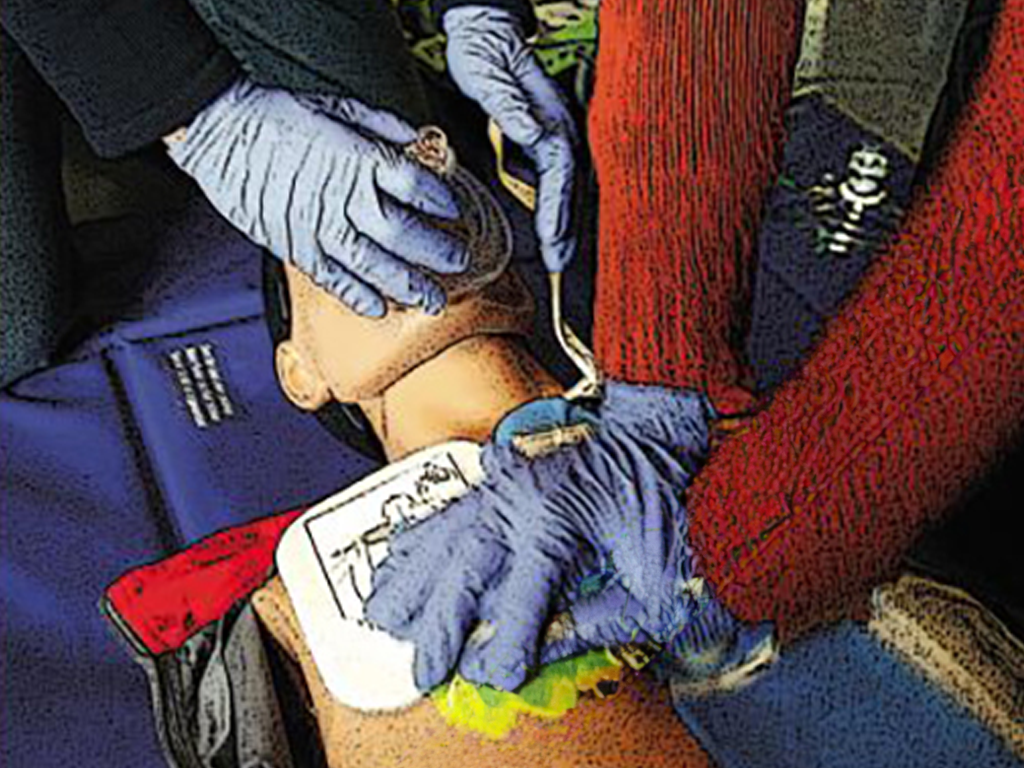 Biology
Biology


4657334 / 5551731
The Beaver
A Returnee to Our Contryside
Natural river and lake areas are becoming increasingly rare. With expensive measures to restore them to their natural state, efforts are being made to recreate them. Here, an animal may be helpful: the beaver. After it was exterminated in Germany in the 19th century, today about 15 000 specimens live here again thanks to the reintroduction of the beaver during the 1960s. Many people, however, have never caught sight of this shy nocturnal rodent, yet. The DVD first describes the beaver (in particular its adaptation to life in water) and zoologically classifies it. Then the beaver family and their social behaviour and habitat are introduced. The beaver constructions (beaver dam and beaver lodge) are illustrated as well as its territory and its purely vegetarian diet. Subsequently, both its extermination and its reintroduction as well as present-day problems are looked into. But primarily the film shows the beaver to be a valuable, natural architect of landscapes.
Play trailer

Curriculum-centred and oriented towards educational standards
Matching
Rights and Obligations
Three girls of different ages: Anna is 17, Paula 15 and Lena 13. Before the law, their respective ages have consequences – because children and adolescents have different rights and also obligations.









